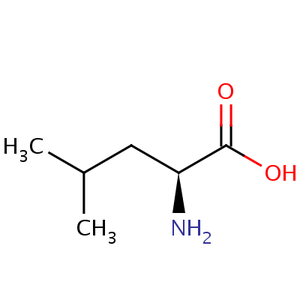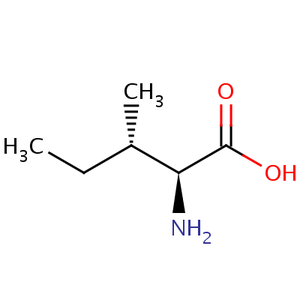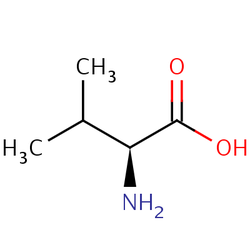Difference between revisions of "Maple Syrup Urine Disease"
(→Mutations) |
(→Mutations) |
||
| Line 42: | Line 42: | ||
For each of the four genes BCKDHA, BCKDHB, DBT and DLD that produce subunits of BCKDC mutations are found among the population. |
For each of the four genes BCKDHA, BCKDHB, DBT and DLD that produce subunits of BCKDC mutations are found among the population. |
||
| − | {| class="wikitable" style="text-align:center; width:200px; height:200px;" |
+ | {| class="wikitable" style="text-align:center; width:200px; height:200px;" border="1" |
|+ Reported mutations according to HGMD |
|+ Reported mutations according to HGMD |
||
|- |
|- |
||
Revision as of 16:28, 17 April 2013
Contents
Summary
Maple syrup urine disease (MSUD) is a disorder of the branched chain amino acid (BCAA) catabolism. Due to a deficiency in the branched chain alpha-keto acid dehydrogenase complex (BCKDC) the degradation of leucine, isoleucine and valine is impaired so that these amino acids and the corresponding alpha-keto acids accumulate. Affected infants suffer from mental and physical retardation. MSUD has an autosomal recessive heredity.
Phenotype
The name of the disease comes from the sweet smell of newbornes urine that resembles maple syrup. BCAAs and alpha-keto acid concentrations in blood plasma are increased which has toxic effects like ketonuria, lethargy, problems in feeding and neurological dysfunctions. As a consequence of this, if untreated the disease leads to coma and in the end to death. There are different forms of MSUD depending on the proportion of BCKDC enzyme activity that is still present:
- The classic severe neonatale form is the most common form where almost no rest enzyme activity can be measured. The newborns develop severe symptoms 4 to 7 days after birth.
- In the intermediate form there is an enzyme activity of up to 30 %. So the symptoms are less severe than in the classic form.
- The intermittend form has a later onset because there is a partial enzyme activity. Symptoms can appear episodically. A dietary restriction with low BCAA content can be an effective treatment.
- In the thiamine-responsive form there is an enzyme activity of up to 40 %. The serum levels of BCAAs can be normalized with a thiamine therapy because in this form a mutation affects the affinity of a thiamine binding site of the BCKDC.
Another classification divides the disease into subtypes depending on the subunit of the BCKDC that is altered, where all of the above mentioned forms can be caused by mutations in the gene of any subunit of the enzyme complex.
Cross-references
See also description of this disease in
- Wikipedia
- OMIM
- HGMD: BCKDHA, BCKDHB, DBT, DLD
- PubMed Health
- GeneReviews
Biochemical disease mechanism
The first step in degradation of the BCAAs leucine, isoleucine and valine is the oxidation to branched chain alpha-keto acids (BCKAs). These are then decarboxylated by the BCKDC. If the function of this enzyme complex is disturbed like in MSUD, the amino acids and their metabolites (BCKAs) can't be removed and accumulate in blood and tissue. The BCKDC has three subunits with different catalytic activities (genes are given in braces):
- E1: alpha-keto acid dehydrogenase (alpha chain BCKDHA, beta chain BCKDHB)
- E2: dihydrolipoyl transacylase (DBT)
- E3: dyhydroliponamide dehydrogenase (DLD)
Cross-references
- MSUD entry in KEGG
- leucine entry in KEGG
- valine, leucine and isoleucine degradation pathway in KEGG
- MetaCyc reaction
Mutations
For each of the four genes BCKDHA, BCKDHB, DBT and DLD that produce subunits of BCKDC mutations are found among the population.
| Gene | Mutations |
|---|---|
| BCKDHA | 65 |
| BCKDHB | 65 |
| DBT | 53 |
| DLD | 17 |
Note: Until further notice you only need to care about the reference sequence pages. -- At a later stage we will assign mutations we expect you to work on. Then, it will make sense to create on page per mutation that is assigned to you.
Reference sequence
Which sequence does not cause the disease and is most often found in the population.



